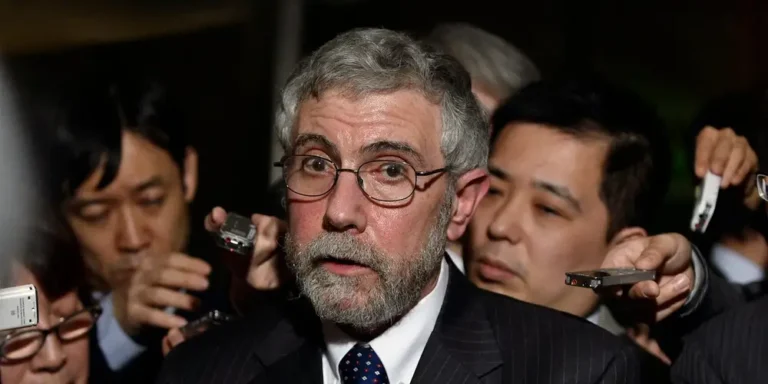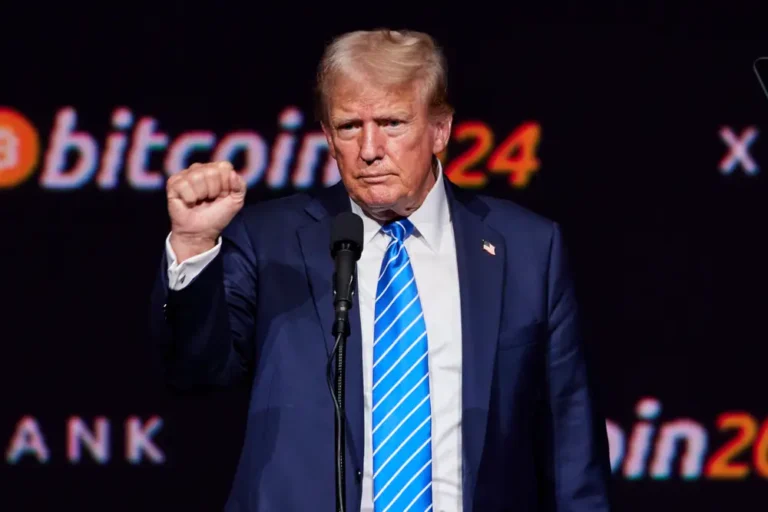Investors are betting that rate cuts are coming early next year. Here’s what market experts are urging you do right now to cash in when rates do fall.

- 10-year Treasury yields are surging as the economy stays hot.
- But rate cuts are coming early next year, the market believes.
- Wall Street experts are therefore urging investors to get into bonds now.
The yield on 10-year Treasury notes is rising as the US economy remains hot enough to warrant a hawkish Federal Reserve.
On Thursday, 10-year yields surpassed 4.3% for the first time since 2007, following a 31% increase since April.
However, this may not be the case for long.
According to the CME Group’s FedWatch Tool, markets believe the economy will have cooled off sufficiently — or perhaps too much — by March of next year, prompting central banks to cut interest rates.
If and when that happens, Treasury yields are likely to rise, providing an opportunity for those who own the assets. That is why, according to a slew of Wall Street experts, now is the time to buy bonds.
“This is perhaps the best opportunity to invest in fixed-income over the past 15 years,” said Gautam Khanna, co-head of US multi-sector fixed income at Insight Investment, in a memo on Thursday.
“We are potentially at or near the top of the interest cycle, so the time to increase fixed-income allocations is NOW,” he added emphatically.
Bond yields fall as asset prices rise due to increased demand. When the economy falters, investors typically seek refuge in Treasury securities, which are backed by the US government and thus considered risk-free. This reduces yields, making older bonds with higher yields more appealing on the secondary market, allowing holders to sell them for a premium.
Nobody knows where rates will go, when they will fall, or where they will bottom. Aside from macroeconomic uncertainty, a growing supply of bonds entering the market as the US government incurs more debt clouds the outlook.
However, the longer the Fed remains hawkish, the greater the likelihood of an economic downturn. And, right now, 10-year note yields above 4% are relatively high compared to their historical range, indicating that now is a good time to buy. According to experts such as Jason Draho, head of asset allocation Americas at UBS Global Wealth Management, Lawrence Gillium, chief fixed income strategist at LPL Financial, and Craig Brothers, co-head of fixed income at Bel Air Investment Advisors.
“We are more overweight towards fixed income given current starting yields,” Brothers wrote in a memo on July 31 when yields were even lower than they are now. “Attractive valuations relative to historical levels and strong credit fundamentals support compelling future bond returns.”
Predictions differ on how far yields could fall. Gillium expects 10-year yields to be in the 3.25-3.75% range in the future. Meanwhile, Leslie Falconio, UBS Global Wealth Management’s head of taxable fixed income strategy Americas, expects 10-year yields to fall to between 3.25 and 3.5% by the end of the year.
According to David Kelly, chief global strategist at J.P. Morgan Asset Management, 10-year interest rates will average 3.7% in the coming years. However, if a recession occurs and the Fed cuts rates significantly, they are likely to fall even lower.
“It is more likely that the yield will fall below that average when the economy is inevitably threatened by recession and the Fed cuts rates aggressively.” At that point, yields may fall to levels that are unappealing to long-term investors,” Kelly wrote in a note on Monday.
“Between now and then, long-term Treasury bonds, and high-quality long-duration bonds in general, offer attractive income and the chance of a tidy, one-time capital gain at an uncertain date over the next year or two,” he continued.
Treasury bonds can be purchased through TreasuryDirect or through a brokerage on the secondary market.






